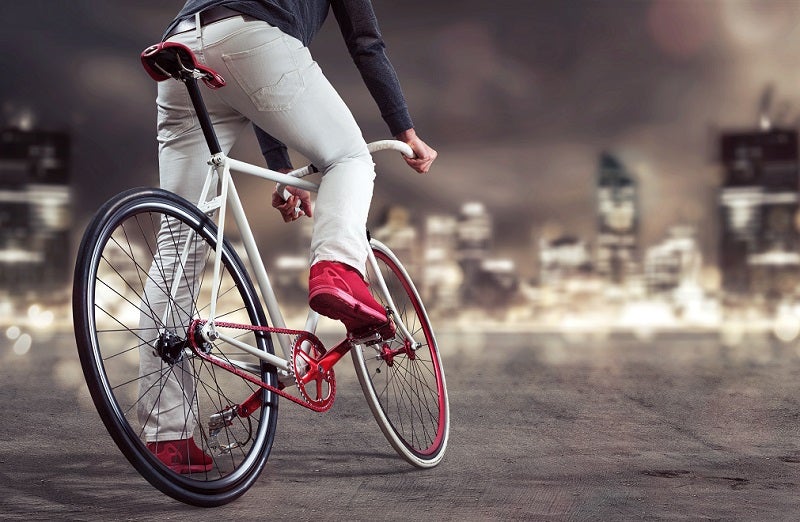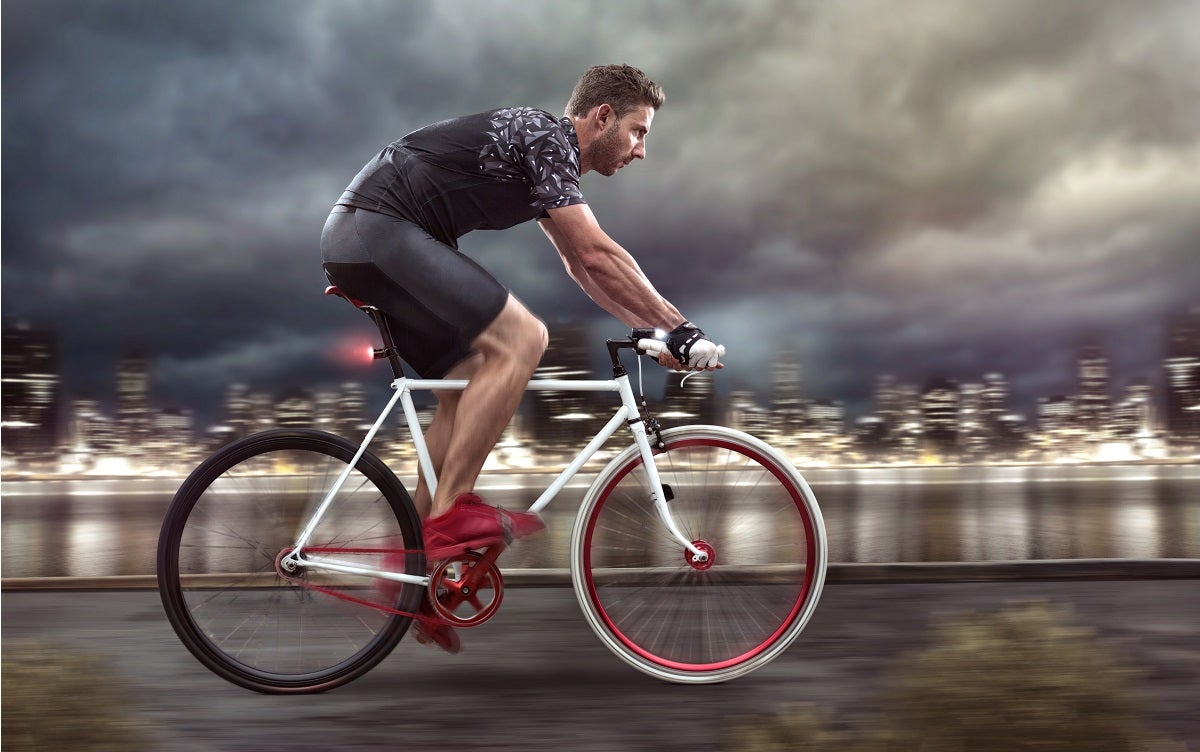
Our Editors independently research, test, and rate what we feel are the best products. We use affiliate links and may receive a small commission on purchases.
The best single speed bicycles offer a basic and straightforward cycling experience. With their unique advantages over other types of bikes, single gear bikes have been gaining in popularity.
Many riders prefer these simple bikes for exercise, commuting or just for pleasure. Single speed bikes are low-maintenance, simple to ride and very lightweight.
If you’re interested in a “fixie bike” see our reviews here.
Looking for a different type of bike? Read our comprehensive guide to every type of bicycle.
Best Single Speed Bikes
For more of my bike gear recommendations, have a look through these popular Outside Pursuits guide links: Bike Helmets, Bike Lights, Bike Locks.
Quick Answer: The Best Rated Single Speed Bikes
- Schwinn Single Speed Fixie Bike
- State Bullhorn Single Speed Bike
- Takara Sugiyama Single Speed Bike
- Schwinn Kedzie Single Speed Fixie Bike
- 6KU Aluminum Single-Speed Urban Track Bike
- Giant Simple Single Speed Bike
Our reviews of the top rated single speed bikes with our guide and comparison table will help you choose the right bike for you.
Single Speed Bike Reviews
#1 Schwinn Single Speed Fixie Bike
- Size: 58 cm/Large frame
- Gearing: Flip-flop hub, 46:18 ratio
- Handlebars: alloy riser bar
- Wheels & Tires: 700 c wheels
- Frame & Fork: steel frame
- Brakes: Front and rear alloy caliper brake
The Schwinn Single Speed Fixie Bike stands out for its great features and build.
Efficient yet comfortable, this model offers an urban seat and grip for added cushioning at key touch points.
The steel racing frame and fork offer a reliable and agile ride, perfect for commuting from place to place. The no-frills fixie styling also means less maintenance on your end
On this bike, you will find front and rear alloy caliper brakes for enhanced safety, as well as a versatile flip-flop hub which includes a freewheel and fixed cogs for convenient fixed-gear capabilities.
This means the rear wheel can be flipped to the other side, giving you the choice between free-wheel coasting or true fixed-gear riding.
This is a practical and efficient bike that you really can’t go wrong with.
#2 State Bullhorn Single Speed Bike
- Size: 46cm/XS, 62 cm/L
- Gearing: Flip-flop hub
- Handlebars: Pista race drop handlebars
- Wheels & Tires: rubber
- Frame & Fork: 4130-grade chromoly steel
- Brakes: Front & rear alloy caliper brakes
The State Bullhorn Single Speed Bike is a high-grade, aggressive race bike. It is made for uphill biking, sprints and climbs.
This is a model for advanced riders who are looking to race on the track but still be able to bike in urban environments.
The double-butted 4130-grade chromoly steel used on the frame and fork maximize strength without making compromises on weight.
The frame and tubing are designed for the track and paired with a shorter stem, drop down handlebars, and a slightly raised rear chain stay.
This bike takes speed seriously, but it also makes sure to incorporate key safety features.
Front and rear caliper brakes ensure a clean and crisp stop no matter the terrain or speed you choose to ride at.
It is available in both 46 and 62 cm as well, for riders of all sizes.
#3 Takara Sugiyama Single Speed Bike
- Size: 58 cm/L
- Gearing: Flip-flop hub
- Handlebars: Flat bar handlebars
- Wheels & Tires: 700 x 32 alloy wheels
- Frame & Fork: Hand crafted steel frame
- Brakes: Front & rear alloy side pull brakes
The Takara Sugiyama is all about keeping things simple and getting it done without breaking the bank.
At the heart of the Sugiyama you’ll find a strong hand crafted steel frame with horizontal dropouts that can handle the abuse of the big city.
This bike comes with a flip flop hub so you can run it as a fixed gear or in standard freewheel single speed mode, without having to worry about making adjustments.
Thanks to the 32-hole alloy wheels and loud 700 x 32 tires, the Takara Sugiyama is capable of withstanding less-than-perfect roads.
It also includes front and rear alloy side pull brakes for a safe and speedy stop.
With this bike, you’ll find handling city traffic with many starts and stops straightforward. It is as practical as it is cool.
#4 Raleigh Bikes Tripper City Bike
- Size: S (51cm), M (54cm), L (57cm), XL (60cm)
- Gearing: Flip-flop hub, 42:16 ratio, KMC Z410 chain
- Handlebars: Alloy, 620mm Wide, 25mm riser bar with 5° backsweep
- Wheels & Tires: Alloy double wall rims, Kenda 10818 700c x 25c tires
- Frame & Fork: High tension steel frame, track geometry
- Brakes: Alloy dual pivot caliper front & rear brakes
The Raleigh Tripper City Bike is a street bike, as the name suggests.
Beating traffic, commuting to work, racing down hills or going for errands, the Back Alley bike is all about efficient cycling.
The high tension steel frame features a track geometry and is paired with a steel fork to absorb shocks and bumps.
The manufacturer goes back to features of early bikes to deliver a model that is all abyellow and four different sizes. Consult the sizing chart for picking the right one.
The cable guides for the front and rear brake are completely removable, in case you want to make use of the flip flop hub and convert this ride from a single speed into a fixie without brakes.
Otherwise the dual brakes serve you well in traffic. The gear ratio of 42:16 lends itself well to inner-city cycling. The wheels come with double wall rims and Kenda 700c tires.
The handlebar is nearly flat and mildly swept back. With the comfortable seat, you ride upright and have a good view of what’s ahead.
If the limited color choice doesn’t put you off, this is a great single speed bicycle for urban riding for around $400.
#5 6KU Aluminum Single-Speed Urban Track Bike
- Size: XX-S (47cm), XS (49cm), S (52cm), M (55cm), L (58cm), XL (61cm)
- Gearing: Single speed, 42:16 ratio, KMC Rustbuster chain
- Handlebars: Promax 15 degree 20mm rise
- Wheels & Tires: 700c x 25c puncture-resistant tires
- Frame & Fork: 6061 aluminum frame with road geometry
- Brakes: Promax Dual Pivot Caliper with quick-release arms
The 6KU Urban Track Bike is a single speed commuter model designed to survive the city.
This includes a lightweight yet sturdy aluminum construction, puncture-resistant tires, and extra security measures.
With this model, you will get protection from shocks and the elements: aluminum makes for a rust-free bike. The 6061 aluminum frame is lightweight and sturdy and constructed for road riding.
It also includes Delta Fort Knox locking hub nuts to secure the wheels. With the Fortified Theft Protection Plan, you will even receive a free U-lock.
Dual brakes mean adequate stopping power, and the drivetrain gives you a nice 42:16 ratio which many urban riders find ideal for good pedal cadence and top speed.
The 700c by 25c tires are puncture resistant and give you sufficient shock absorption when riding over minor obstacles or jumping a curb now and then.
If you’re serious about commuting to work and riding in the city a lot while valuing the single speed approach and gearing, the 6KU Track Bike is for you.
It’s the best urban single speed bike with it’s theft resistance features.
#6 Giant Simple Single Speed Bike
- Size: One Size
- Gearing: Single speed, 38:18 ratio
- Handlebars: Steel cruiser
- Wheels & Tires: SX19 wheels with “balloon” tires
- Frame: ALUXX-Grade Aluminum
- Brakes: Coaster brakes
The Giant Simple Single Speed Bike features an interesting design. The hybrid approach between a road and beach cruiser bike comes with single speed gearing and a durable construction.
It’s also the only model on our list with only a coaster brake.
Stylish and fun, the Giant Simple Single approach reduces complexity and maintenance with the drivetrain. It’s a single-geared cruiser that keeps things comfy, efficient and simple.
It’s a great urban transport option for demanding riders and rough streets.
The butted Chromoly frame gives you a comfortable and supple ride with full durability. Paired with a Cruiser fork, this model rides smoothly.
The geometry of the frame clearly mimics a mountain bike. The subtle yet comfortable seat paired with the riser handlebars favors an upright riding position.
The coaster brake is unusual for a single speed. Unlike many other models we’ve reviewed, this one comes without a flip-flop hub.
Freewheeling it is, with no option to switch to fixed gearing. In addition, the 38:18 gear ratio is unusual but makes for comfortably low top speeds and easy cruising.
The 700c ” balloon” tires are perfect for the urban environment, as the name suggestions. They deliver some shock absorption through tire pressure and are wide and sturdy enough for minor obstacles.
The Giant Simple Single Speed Bike won’t win any races against your fixie and single speed friends, but it sure is a cool cruiser and sturdy city bike.
See the Giant Simple Single Speed at JensonUSA.com
Single Speed Bikes Comparison Table
| Single Speed Bikes | Frame | Gearing | Handlebars | Wheels | |
|---|---|---|---|---|---|
| Schwinn Single Speed Fixie Bike | Steel frame | Flip-flop hub, 46:18 ratio | alloy riser bar | 700 c wheels | |
| State Bullhorn Single Speed Bike | 4130-grade chromoly steel | Flip-flop hub | Pista race drop handlebars | 700c | |
| Takara Sugiyama Single Speed Bike | Hand crafted steel frame | Flip-flop hub | Flat bar handlebars | 700 x 32 alloy wheels | |
| Raleigh Bikes Tripper City Bike | High tension steel frame, track geometry | Flip-flop hub, 42:16 ratio, KMC Z410 chain | Alloy, 620mm Wide, 25mm riser bar with 5° backsweep | Alloy double wall rims, Kenda 10818 700c x 25c tires | |
| 6KU Aluminum Single-Speed Urban Track Bike | 6061 aluminum frame with road geometry | Single speed, 42:16 ratio, KMC Rustbuster chain | Promax 15 degree 20mm rise | 700c x 25c puncture-resistant tires | |
| Giant Simple Single Speed Bike | 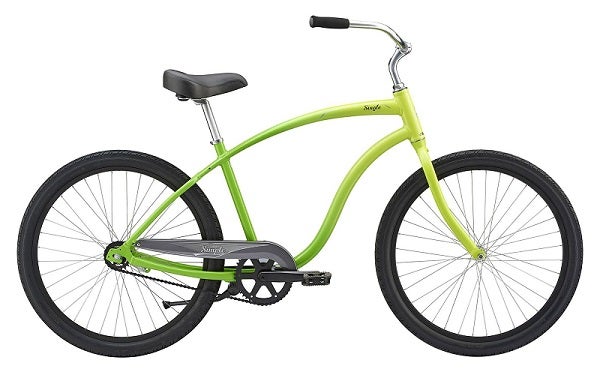 | ALUXX-Grade Aluminum | Single speed, 38:18 ratio | Steel cruiser | SX19 wheels with “balloon” tires |
How To Choose The Right Single Speed Bike For You
- Single Speed vs Fixed Gear: What’s the Difference?
- Why ride a freewheel single speed bike?
- Flip-Flop Hub Explained
- Bike Size & Fit
- Bike Gearing
- Frame & Fork
- Handlebars
- Wheels & Tires
- Brakes
- Seat
- FAQs About Single Speed Bikes
In this guide section, we’ll go over the most important features of single speed bicycles. With our help, you’ll be able to decide which single gear bicycle fits your needs and select the right model for you.
Single Speed vs Fixed Gear: What’s the Difference?
Sometimes the terms are used interchangeably but there is a difference between them. A fixed gear bike or fixie lacks the freewheel option of a single speed.
The rear cog is joined with the rear hub. When the wheel turns, the cog turns, meaning you have to pedal as the chain translates the movement to the front cog wheel and onto the cranks.
There is no coasting (riding without pedaling) on a fixed gear bike. The bikes moves, you pedal. By putting pressure on the pedals, you can slow down or stop by locking the rear wheel.
A single speed bike uses a freewheel mechanism where only forward motion of the cranks is translated to the rear wheel. A freewheel or freehub uses a ratchet and pawl system with rotary motion in one direction, but not the other. The familiar clicking sound of a freewheel bike is the pawl running across the ratchet teeth.
Why Ride a Freewheel Single Speed Bike?
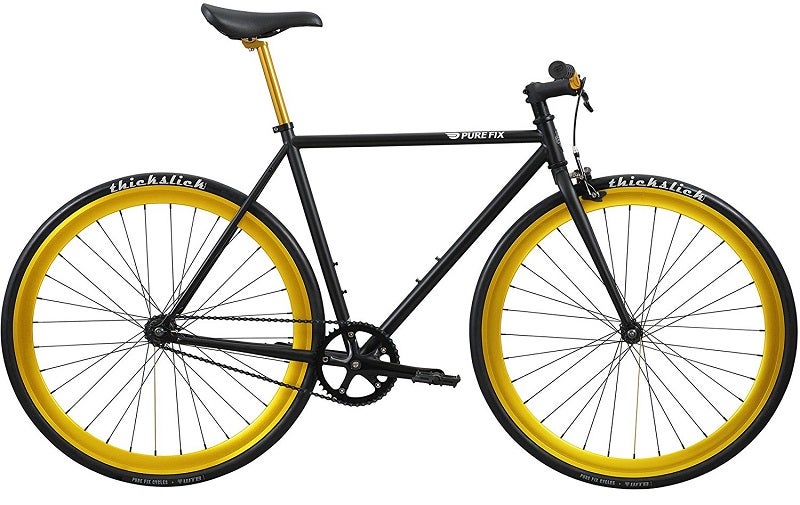
For most people, a freewheel option is familiar since it’s the kind of bike they probably rode as a kid. It’s the safer option because you can simply stop pedaling whenever you want or need to. Coasting is fun and allows you to rest, especially on hills!
A single speed bike is easier to ride than a fixie. It allows you to keep a high pedal cadence without having to worry about the cranks and pedals breaking your shins in case you slip or can go on anymore.
It’s easier to corner on a single speed bike, as well as stop and start, for example at a red light. Especially in downhill and uphill situations, you will find you can safely ride at higher top speed on a single speed than on a fixed gear bike.
Video: Difference between single speed and fixed gear bikes.
Flip-Flop Hub Explained
Usually the rear wheel of a bike has cogs on only one side of the hub, the drive side. A flip-flop rear hub has one cog on either side. One is a fixed gear cog, the other a single speed freewheel option.
The freewheel cog allows the wheel to turn without movement of the cranks, pedals, and drivetrain. It enables you to coast. With a flip-flop hub, you can change between a single speed and fixed gear option by taking out the rear wheel and mounting it in reverse.
Video: How the flip flop hub works in a single speed/fixie bike.
Bike Size & Fit
For choosing the correct size bike in accordance with your body’s dimensions, most manufacturers offer a sizing chart. Sizes like S, M, L and XL make it easier to choose what’s best for you.
The most important consideration is the standover height. This is when you stand over the bike with both feet flat on the ground, there should be roughly a 1” clearance between the crotch of your pants and the top tube.
Bike Gearing
Single speed bikes have only one gear, or speed. But there are differences between riding individual models, because they come with different gear ratios. The gearing determines how fast you have to pedal and how well you’re able to climb hills.
The gearing is created by the ratio between the front and rear chainring, which have a varying number of teeth, or cogs. Fast track riders go for higher gears, since they don’t climb any real hills. Commuters and city riders prefer slightly lower gears in order to be able to start quickly after a stop at a red light.
Commonly, road bikes have a higher gear ratio than mountain bikes since they favor speed. What the ratio means: for each revolution of the crank, the rear wheel rotates at a multiple determined by the ratio.
If you have a ratio of 2:1, the rear wheel rotates exactly twice. A lower ratio means easier pedaling but spinning like crazy at top speed, while a higher ratio is more difficult on the hills, yet gives you greater top speed with less pedaling.
Popular ratios for single speeds are 46:16 or the slightly lower 46:18.
Frame & Fork
The frame and fork not only determine the size and dimensions of the bike, their shape and geometry also influence the riding style – together with the handlebars. There are racing designs which favor a forward leaning position, and more upright road and commuter bike frames.
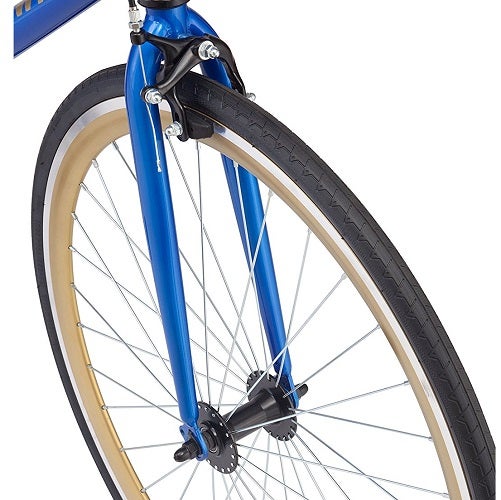 Frame Materials:
Frame Materials:
- Aluminum and aluminum alloy are common materials with good shock absorption qualities and lower weight. Aluminum is affordable and can resist rust and corrosion.
- Steel adds to the overall weight but is a strong material. It also makes for a smooth and comfortable ride. Yet steel introduces rust and corrosion when it is exposed to the elements.
- Some higher-grade single speed bikes like the State Bicycle Black Label use carbon fiber components, which are sturdy and light but more expensive.
Handlebars

Fixies and single speed bicycles usually come with shorter and flatter handlebars, yet there are different types, which influence how you ride the bike:
- Flat bars: This is the most common choice for single speed bikes. Some riders prefer very short bars with narrow brakes, which affects maneuvering: you have to turn the handle less to corner. With a flat bar, the distance to the seat and the height determines how upright or forward-leaning you ride.
- Riser or mustache bar: A riser bar is uncommon for single speed bikes, but they often feature a variation, the mustache bar, which is minimally curled and only slightly swept back.
- Bullhorns: These can be featured on a flat or riser/mustache bar and allow you to grip a perpendicular handle in a more forward-leaning position intended for racing or went you want to go fast.
- Drop bar: These handlebars enable you to ride aerodynamically in a lowered position if needed.
Wheels & Tires
700c tires are by far the most common size for single speed bikes. The more aggressive or suited for racing a model is, the narrower and minimal the tires will be with deep rims as you see on track bikes.
Think of how and where you’ll ride the bike. Slightly wider tires with at least some profile are in order if you intend to hit the streets or even the trails.
Brakes
Disc brakes are rare on these kinds of bikes, and only one model we’ve reviewed features this kind of brake. Single speeds often come with a front and rear brake for safety, while fixies usually only feature a front brake because you can brake by locking the pedals.
Please check your local regulations whether it’s prohibited by law to ride a bike without brakes. For most of the bikes we’ve reviewed, the cabling allows you to easily remove one or all brakes, should you choose to do so.
Seat
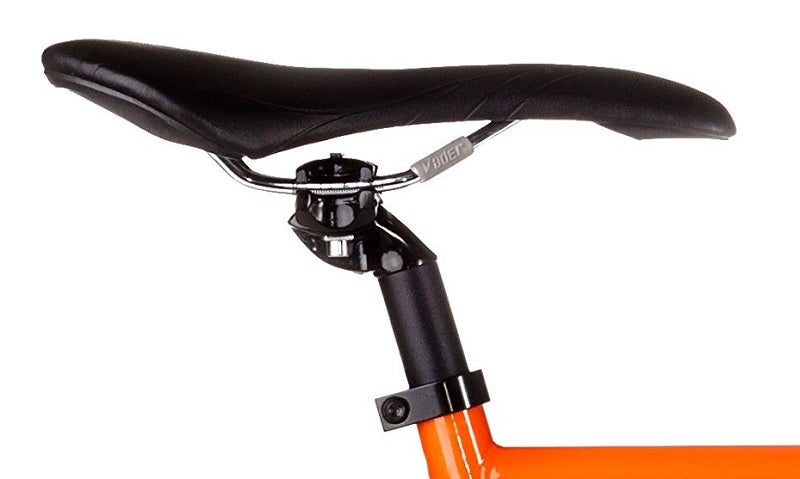
Fixed gear and single speed bikes feature varying seats, but most often use a narrow and swept seat that borrows elements from racing and track bikes. Depending on the model, cushioning can be minimal or give you slightly more padding.
FAQs About Single Speed Bikes
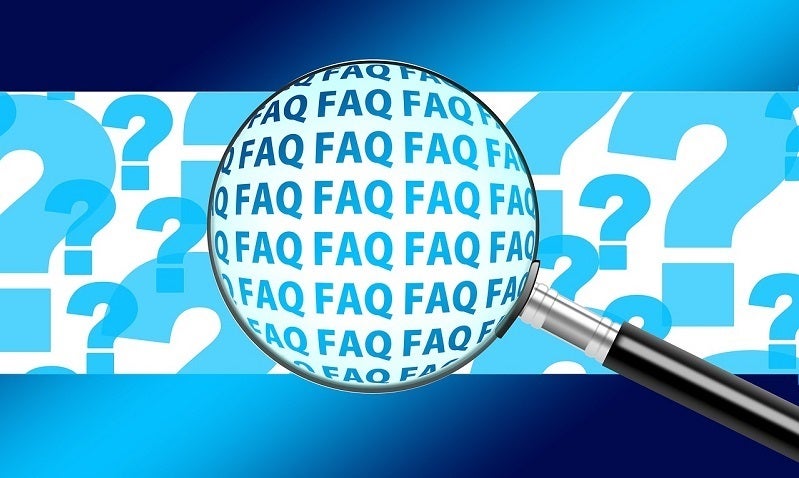
Q: What are differences between single speed and a fixed gear bikes?
A: Both single speed and fixed gear bikes have only one gear or speed. However, so-called single speed bicycles use a freewheel on the rear hub. This allows you to coast, meaning you can ride without having to pedal. On a single speed bike, the cranks don’t move if you don’t pedal.
This is completely different than a fixed gear bike, where there is NO freewheeling action and the cogs are always moving. On a so-called fixie bike, the cranks will always move at a speed in relation to the speed of the rear wheel. This means you have to brake by locking the pedals, and you can ride backwards by pedaling backwards.
Q: What is a flip-flop hub on many single speed or fixie bikes?
A: Flip-flop hubs are also called double-sided hubs or double pinion. The rear wheel hub is threaded with a cog on either side. Depending on how the rear wheel is mounted, you can choose between one or the other cog.
Most commonly, this allows you to choose between a freewheel and fixed option, creating a hybrid bike between a fixed gear and single speed setting.
A flip-flop hub can also give you the option to switch between different gear ratios of either a single speed or fixed option. However, for all the bikes we’ve reviewed above, the flip-flop hub means a hybrid bike.
Q: Are single speed bikes safer than fixies?
A: The safety of fixed gear bikes is debated a lot and most riders will concede, they are less safe than single speed bikes. It’s a fact that riding without a freewheel option requires a more skill and takes time getting used to. Remember, the cranks always move, so you’ll have to keep pedaling, even downhill so you can lose control!
Remember, there is no coasting. You also have to engage the pedals to brake or regulate speed. This is generally harder on the leg muscles and especially the knees. A common injury for fixie beginners is to get hit by a revolving pedal on the shin after a slipped foot.
Q: Do single gear bikes come with brakes?
A: Single speed bicycles generally come with a front and rear brakes. Fixies are often mixed. To brake with the rear wheel on a fixed gear bike, you stop the cranks, which is referred to as skidding. For safety reasons, most fixie bikes feature at least a front wheel brake.
Riding without a brake might be prohibited by local road regulations. Track riders usually prefer a bike with no additional brakes.
Q: What are the advantages of a single speed bikes?
A: Single speed bicycles require significantly less maintenance than multi-speed bikes because they lack complex gearing. With no shifters, derailleurs or cogs, there is a weight savings as well.
Single speed bikes are the preferred choice for many track and velodrome riders. Other riders prefer them for exercise or just because they look “cool”.
Q: Do I have to assemble the bike?
A: Most bikes on our list come partially assembled. Most likely you have to attach at least the front wheel and insert the handlebars, then attach the pedals, inflate the tires and adjust the seat height to your needs.
In some cases, you might have to attach both wheels, or insert the chain into the drivetrain. For bikes with a flip-flop hub, pay attention to the orientation as the assembly determines whether you’re riding a fixie or a single speed bike.
Follow the manufacturer’s instructions for assembling the bike, or take the parts to a local bike shop if you’re not comfortable doing it yourself.
Conclusion
Are you still not sure if a single speed or fixed gear bike is for you? Check out some of our other bike reviews: The best mountain bikes for beginners, the best hybrid bikes and the best fatbikes. You might also want to read our Introduction To Road Biking or our tips on How To Mountain Bike.
Single speed bicycles are perfect for city riding, commuting, running neighborhood errands or increasing your fitness. I hope our guide will serve you well in finding the best single speed bike to fit for your needs.
When you get your single speed, follow the assembly instructions and adjust the fit to your body to get the most out of your new wheels.
How We Researched
To come up with the top mountain biking helmets, we researched a variety of sources for reviews such as Competitivecyclist, JensenUSA, REI, EVO along with our own personal experience.
We also consulted online magazines for product research and reviews to get as much unbiased information as we could. To help weed out fake reviews we used Fakespot.com to make sure we only looked at genuine reviews.
With so much quality gear available, we had to narrow it down based on what we felt were the best options were for the price. The author, Jakob Straub has a wide background in cycling in a variety of countries, terrain types and bike packing for weeks on end.
The author has decades of experience and is eager to share his knowledge with readers.
To help narrow down the selection we used personal experiences along with recommendations from fellow cyclists, bloggers and bike shops.
After extensive research, we came up with our list to help you choose the right one for you.

